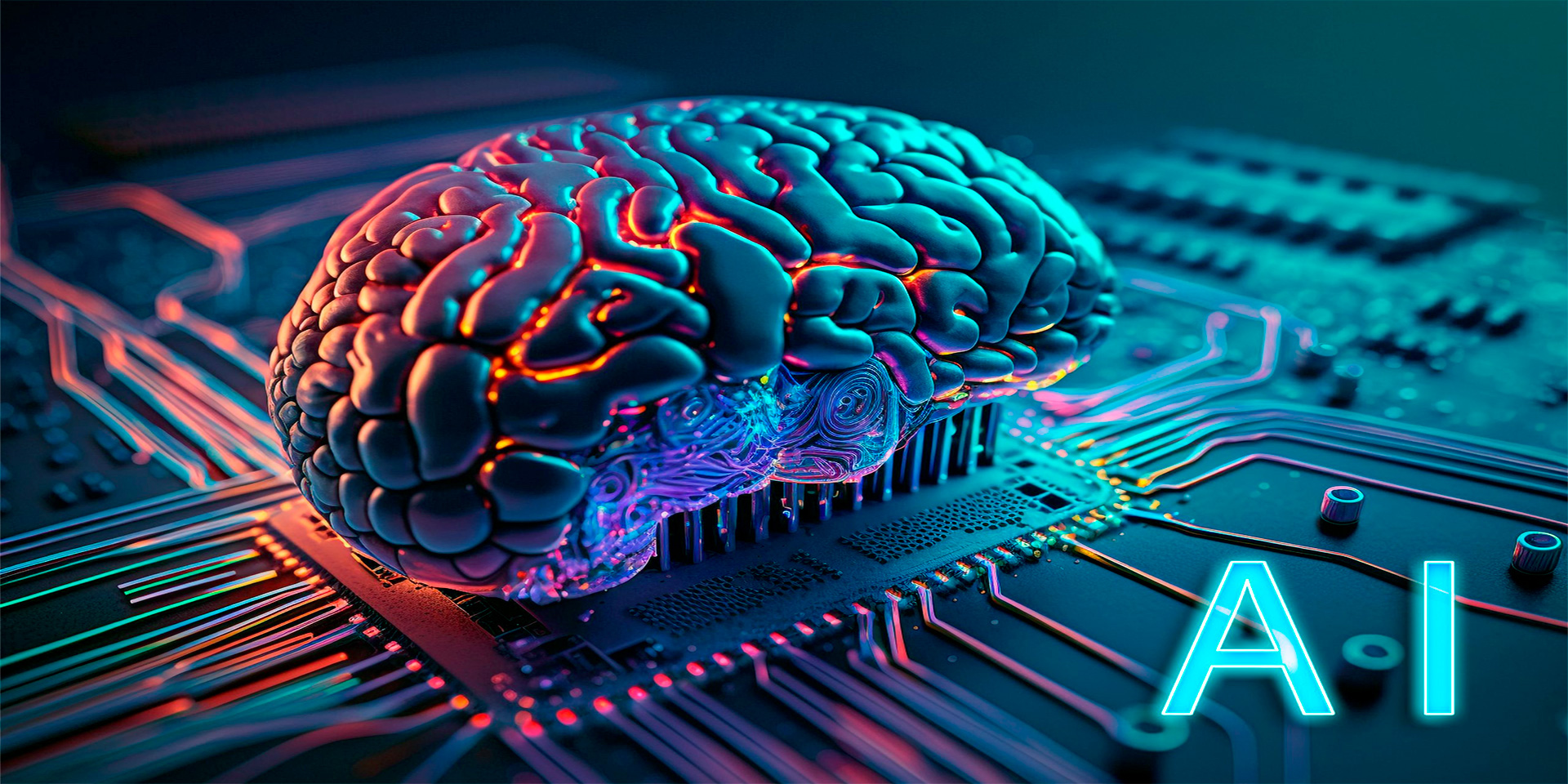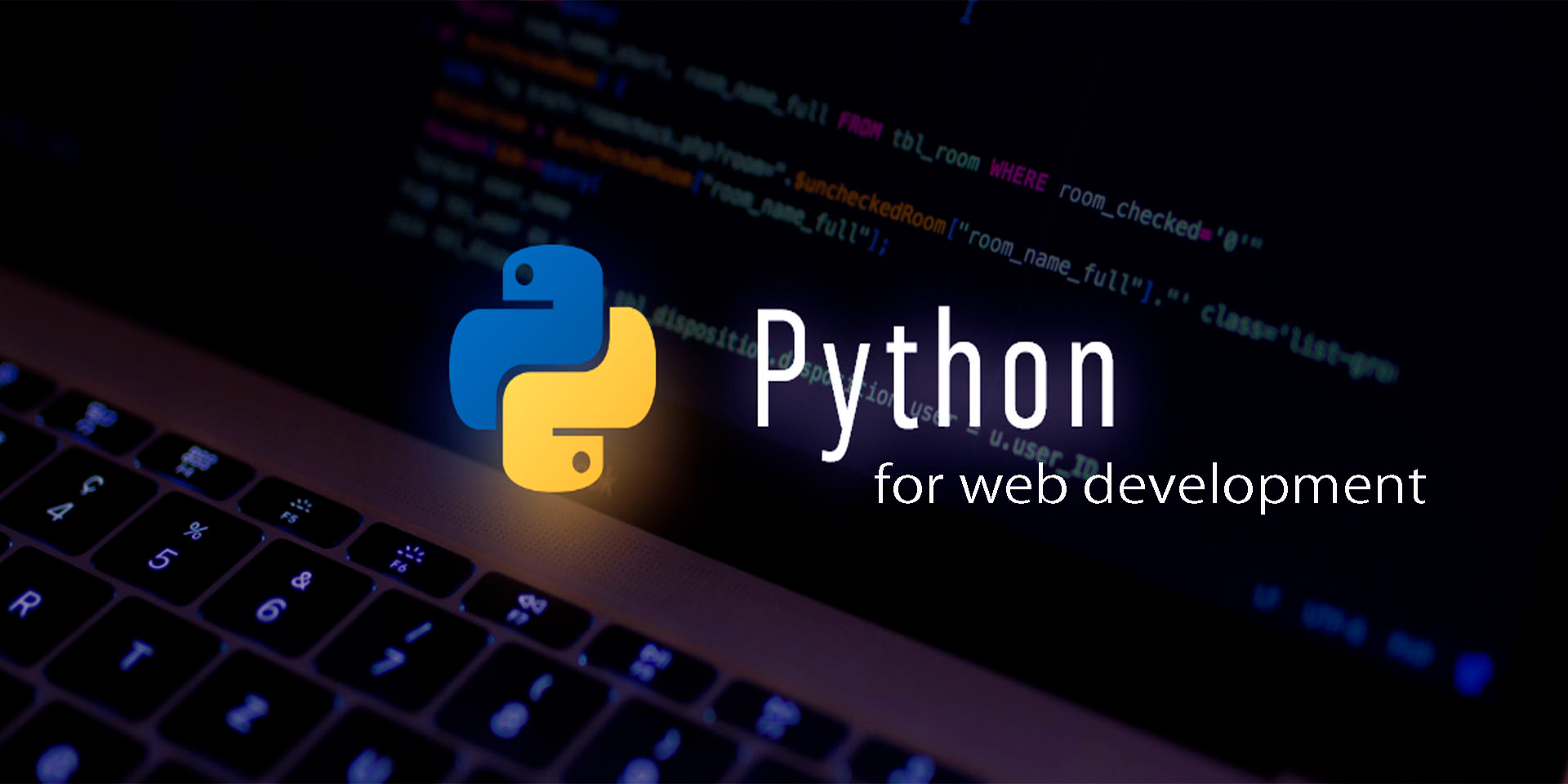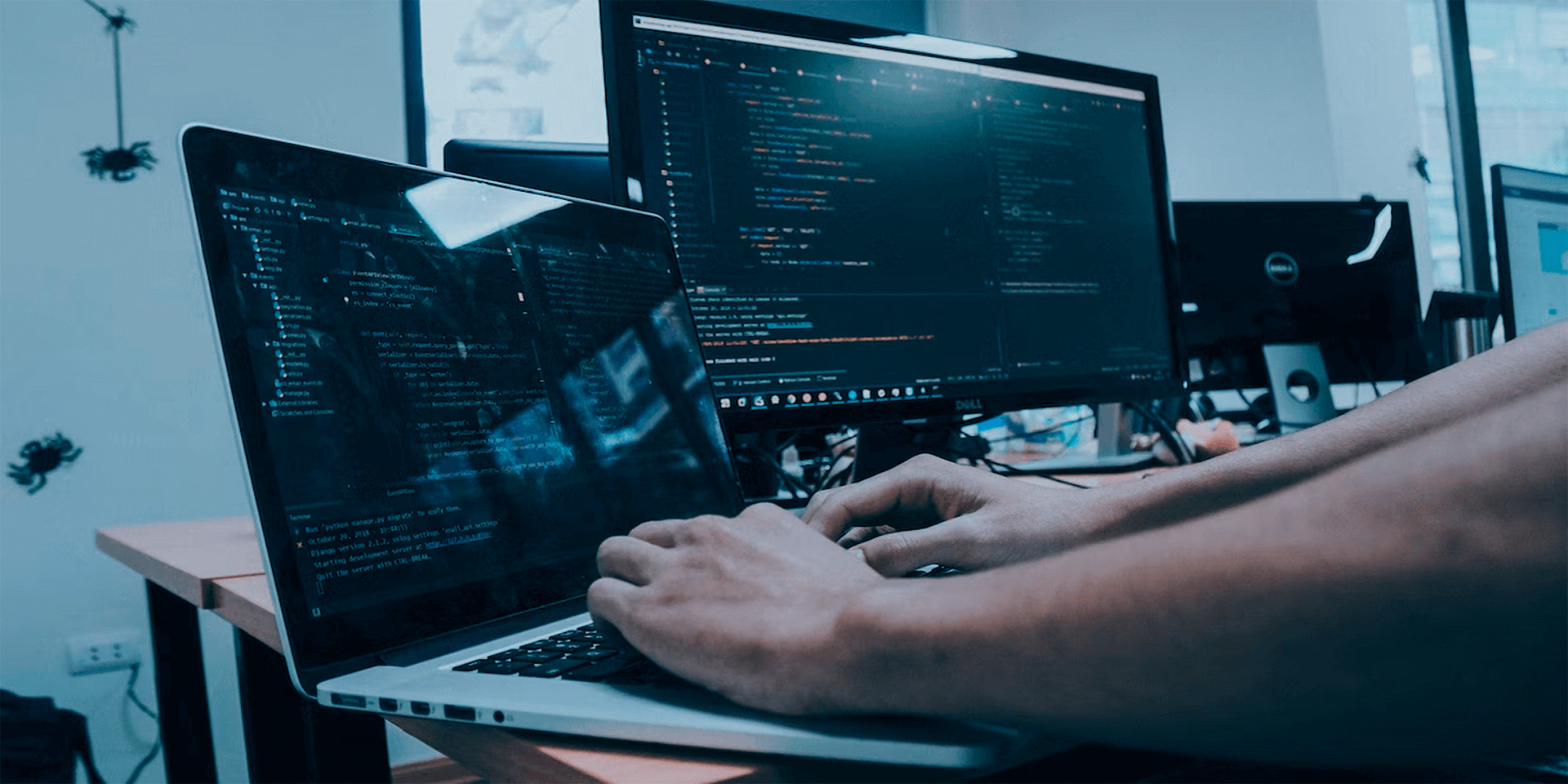Artificial Intelligence (AI) has become a transformative force in video processing, significantly enhancing capabilities in gaming, video editing, and various professional applications. By leveraging AI, developers and professionals can achieve unprecedented levels of efficiency, creativity, and realism. This article explores the role of AI in video processing, detailing its impact on gaming, video editing, and other professional fields.
AI in Gaming
AI has revolutionized the gaming industry, enhancing both the development process and the player experience. From creating more intelligent non-player characters (NPCs) to improving graphics and performance, AI is integral to modern gaming.
Intelligent NPCs and Game Dynamics
AI-driven NPCs can learn and adapt to player behaviors, making games more challenging and immersive. These NPCs use machine learning algorithms to predict player actions and respond accordingly, creating a more dynamic gaming experience.
Examples include “Middle-earth: Shadow of Mordor,” where the Nemesis System uses AI to create unique, evolving enemies, and “The Last of Us Part II,” where AI-driven characters exhibit realistic behaviors and tactics.
Enhanced Graphics and Realism
AI improves graphical fidelity through techniques like AI-based upscaling and real-time ray tracing. AI-driven tools can enhance textures, lighting, and shadows, providing more realistic and visually appealing environments.
Notable Technologies include NVIDIA’s DLSS (Deep Learning Super Sampling), which uses AI to upscale lower-resolution images for better performance and visual quality, and AMD’s FidelityFX Super Resolution, which also leverages AI for image enhancement.
Procedural Content Generation
AI algorithms generate vast, complex game worlds and content procedurally, reducing development time and increasing variability. This allows for the creation of expansive, detailed environments that would be labor-intensive to produce manually.
Games like “No Man’s Sky” use AI for procedural generation of planets, flora, and fauna, offering an ever-changing universe to explore.
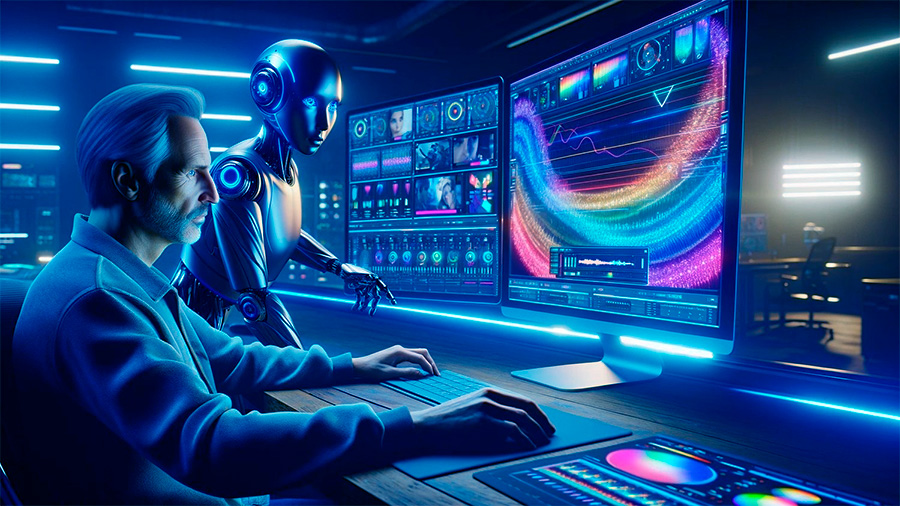
AI in Video Editing
AI has streamlined the video editing process, providing tools that enhance efficiency and creativity for both amateur and professional editors. From automating repetitive tasks to enabling advanced effects, AI is transforming video production.
Automated Editing and Post-Production
AI-powered tools can automate many aspects of video editing, such as cutting, color correction, and scene detection. This reduces the time and effort required for post-production.
Key Tools include Adobe Premiere Pro’s Auto Reframe, which uses AI to automatically adjust video framing for different aspect ratios, and DaVinci Resolve’s Neural Engine, which offers AI-driven features like facial recognition and object removal.
Advanced Effects and Enhancements
AI enables sophisticated effects and enhancements that were previously difficult or time-consuming to achieve. These include AI-based de-noising, upscaling, and style transfer, allowing editors to create high-quality visuals with ease.
Technologies like Topaz Video Enhance AI use machine learning to upscale and enhance video resolution, while tools like DeepArt utilize AI for applying artistic styles to video content.
Content Analysis and Metadata Generation
AI analyzes video content to generate metadata, such as tagging scenes, identifying objects, and recognizing faces. This metadata enhances searchability and organization, making it easier to manage large video libraries.
Platforms like Google Cloud Video Intelligence provide AI-driven video analysis, offering features like object detection, speech-to-text transcription, and scene change detection.
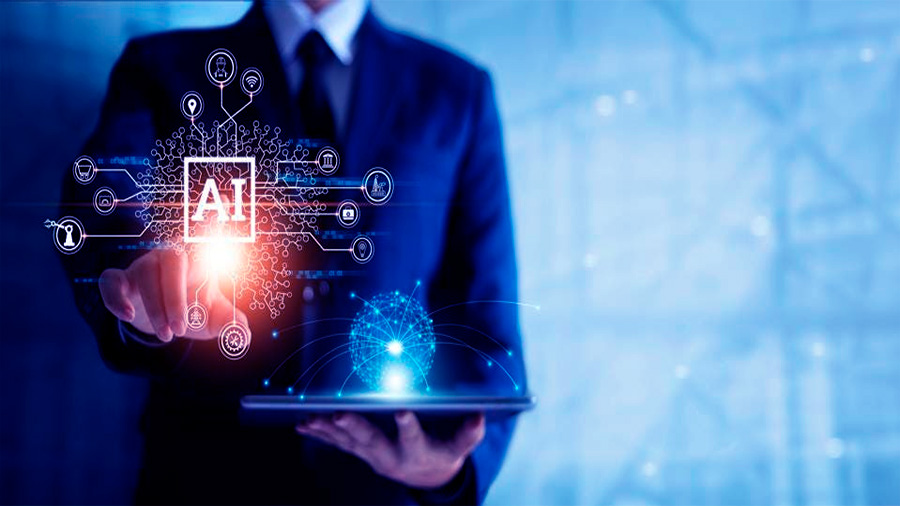
AI in Professional Applications
Beyond gaming and video editing, AI is making significant strides in various professional applications, improving efficiency, accuracy, and innovation across industries.
Medical Imaging and Diagnostics
AI enhances medical imaging by improving image clarity, aiding in diagnostics, and enabling advanced analysis. AI algorithms can detect anomalies in medical images, assist radiologists, and provide more accurate diagnoses.
Examples include Google’s DeepMind, which has developed AI models for detecting eye diseases from retinal scans, and Aidoc, which uses AI to identify critical findings in medical imaging.
Surveillance and Security
AI-powered video analytics improve surveillance and security by automatically detecting unusual activities, recognizing faces, and monitoring crowds. These capabilities enhance public safety and security operations.
Technologies like Avigilon’s AI-driven surveillance systems use machine learning to identify potential security threats in real-time, and Face++ provides facial recognition solutions for various security applications.
Broadcasting and Live Events
AI optimizes broadcasting and live event production by automating camera operations, enhancing video quality, and providing real-time analytics. This improves viewer experience and operational efficiency.
Examples include IBM Watson Media, which offers AI-powered solutions for live streaming, including automated captioning and real-time content analysis, and Pixellot, which uses AI for automated sports production, capturing games without human intervention.
Challenges and Considerations
While AI offers significant benefits in video processing, it also presents certain challenges and considerations that must be addressed.
Data Privacy and Security
The use of AI in video processing often involves handling large amounts of data, raising concerns about privacy and security. Ensuring that data is securely stored and processed is crucial to maintaining user trust.
Bias and Ethical Concerns
AI algorithms can inadvertently introduce biases, leading to unfair or inaccurate outcomes. It is essential to develop and train AI models responsibly, considering ethical implications and striving for fairness.
Technical Complexity and Costs
Implementing AI solutions can be technically complex and costly, requiring specialized expertise and infrastructure. Organizations must weigh the benefits against the costs and challenges to determine the feasibility of AI adoption.
Future Trends in AI Video Processing
As AI technology continues to advance, its applications in video processing will expand, offering new capabilities and opportunities.
Integration with AR and VR
AI will play a significant role in advancing augmented reality (AR) and virtual reality (VR), providing enhanced realism and interactivity. AI-driven enhancements will improve the visual quality and user experience in AR/VR applications.
Real-Time Processing and Analytics
Advancements in AI and hardware will enable more efficient real-time video processing and analytics, providing immediate insights and enhancing live video applications.
Personalized Content and Experiences
AI will enable the creation of personalized video content and experiences, tailoring visuals, recommendations, and interactions to individual preferences and behaviors.
Conclusion
AI is revolutionizing video processing, bringing transformative capabilities to gaming, video editing, and professional applications. By enhancing realism, automating tasks, and providing advanced analytical tools, AI significantly improves efficiency and creativity across various fields. As technology continues to evolve, AI’s role in video processing will expand, offering new possibilities and setting higher standards for visual quality and innovation. Understanding and leveraging these advancements will allow users and professionals to fully harness the power of AI in their respective domains.


